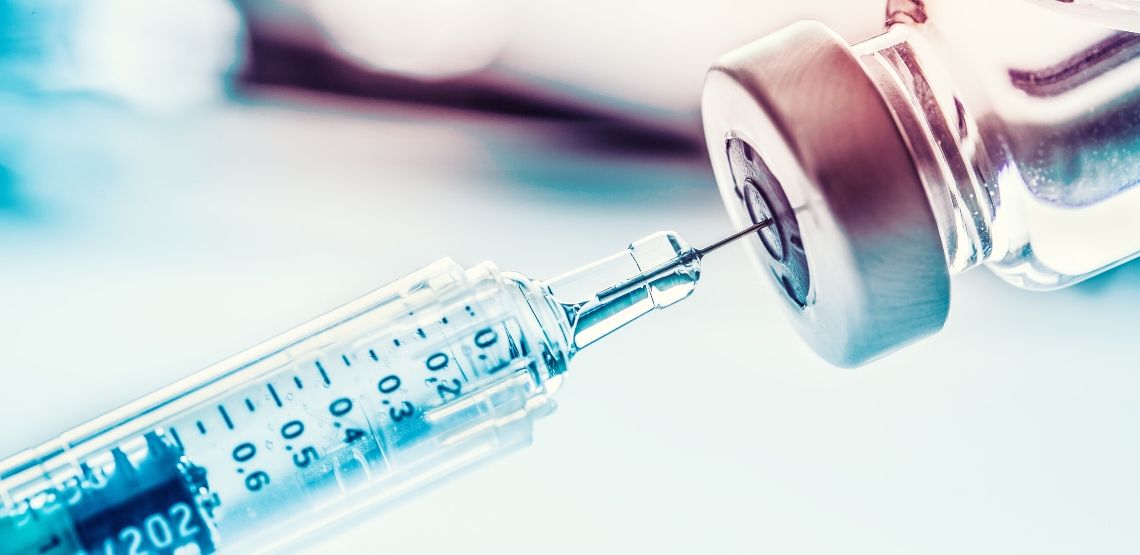What is Frostbite?
Anyone can get frostbite. Explorers, homeless people and kids who play outside too long are likely victims. Reading this article will give you the frostbite 101 so you have a better understanding about what frostbite is and its side effects.
It is an injury that occurs when skin is exposed to temperatures below freezing for too long. It often strikes feet, hands, tips of noses and ears.
People can get frostbite if they:
- Do not wear clothing that protects against cold, wind or wetness
- Stay in cold or windy environments for long periods
- Touch ice, cold metals, ice packs
Why it Should be Taken Seriously
Unfortunately, frostbite can happen quite quickly and without notice. If you get it bad enough, it can result in permanent damage or amputation.
Our organs are made of tissues and our tissues are made up of cells. When you look at your skin, you can see one layer of tissue. The cells are too tiny to see. To form a picture of a cell in your mind, think of it as a balloon made of water. When frostbite occurs, ice crystals form on the outside of your cells, causing them to pop and leak water. Dehydration then causes the cells to die.
To make matters worse, the walls of your blood vessels also get damaged by the cold. Blood flow slows down and clots form, causing tissues to die faster due to lack of blood.
The Stages
The following three stages are the easiest way to understand the progression.
Frostnip
- Red or white skin that is cold to touch
- Slight numbness
- Tingling skin
- Pain and skin peeling after rewarming
Mild Frostbite
At this stage, you should immediately seek medical treatment. While mild frostbite is not life threatening in most cases, permanent damage may occur in the injured area if treatment is delayed too long.
During mild frostbite, the tissues below the skin start to freeze and should be rewarmed as soon as possible.
Symptoms include:
- Skin going from a red color to a white color
- Hardened skin
- Shiny or frozen feeling skin
- Your skin stays slightly indented when poked
- Swelling skin
- Skin feels warm
- Blisters filled with fluid or blood appear 12 to 36 hours after rewarming
Related Search Topics (Ads)
Deep Frostbite
By now, your skin and most of the tissues below it are frozen. What distinguishes this stage of frostbite is noticeably partial and eventual loss of movement. It is now a medical emergency.
Symptoms include:
- Total numbness at the injured area
- Partial loss of movement, eventually complete loss
- Skin becomes black after rewarming
- Blisters filled with fluid or blood appear 12 to 36 hours after rewarming
- Hardened skin
Frostbite 101 Treatment Plans
Make sure you can stay in a warm area before you attempt to rewarm. If you rewarm a frostbite injury only for it to freeze again, you will cause more damage.
Never use a stove, car engine, or heating pad to rewarm. Doing so can cause burns since frostbite has weakened your skin. To avoid causing damage, do not try to rewarm your skin by rubbing it. Soaking skin with lukewarm water works best for rewarming.
Remove any wet clothing near the injured area. Contrary to popular belief, alcohol makes the human body colder, so do not drink it. Try to drink water and non-caffeinated drinks.
Receiving medical treatment quickly is essential after getting frostbite.
Treating Frostnip
Treating frostnip is as easy as getting out of the cold and into a warm space, like your heated home. Soak the injured area in water of a temperature between 70F and 85F for 15 to 30 minutes. Never use hot water.
Treating Mild Frostbite
Like with frostnip, the first step in treatment is to rewarm the injured areas. Warm sponges can be used, or a special bath.
Doctors or hospital staff could treat you using any of the following methods after rewarming (the type of treatment you receive depends on your condition):
- Bandaging to prevent infection and rubbing
- Whirlpool therapy (to remove dead tissue and clean wounds)
- Warm sponges placed on injured areas for rewarming
- Ibuprofen
- Antibiotics
Treating Deep Frostbite
Hypothermia and trauma are always treated before frostbite if they are present.
The same rewarming methods used for mild frostbite are also used to treat deep frostbite.
After rewarming, you might be treated with the following:
- Bandages
- Whirlpool therapy
- Blood thinners
- Aspirin
- Antibiotics
- Thrombolytic therapy (you are given drugs through an IV to breakup blood clots)
- Physical therapy weeks after initial treatment
- Amputation might be required weeks or months after initial treatment. It is never done immediately except in cases of infection, injuries that were rewarmed then refrozen and extreme trauma.


